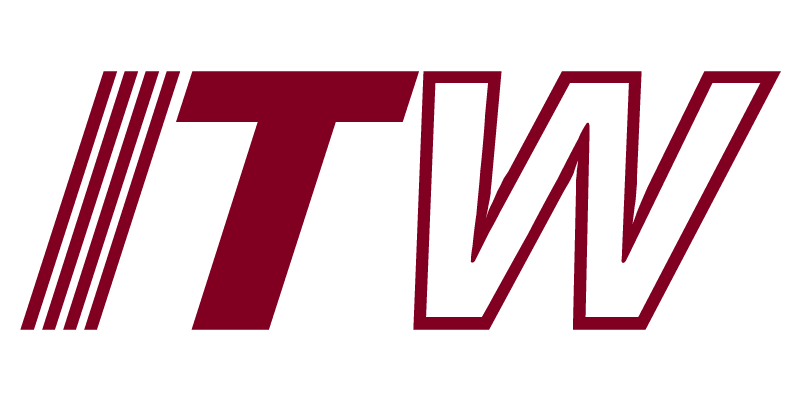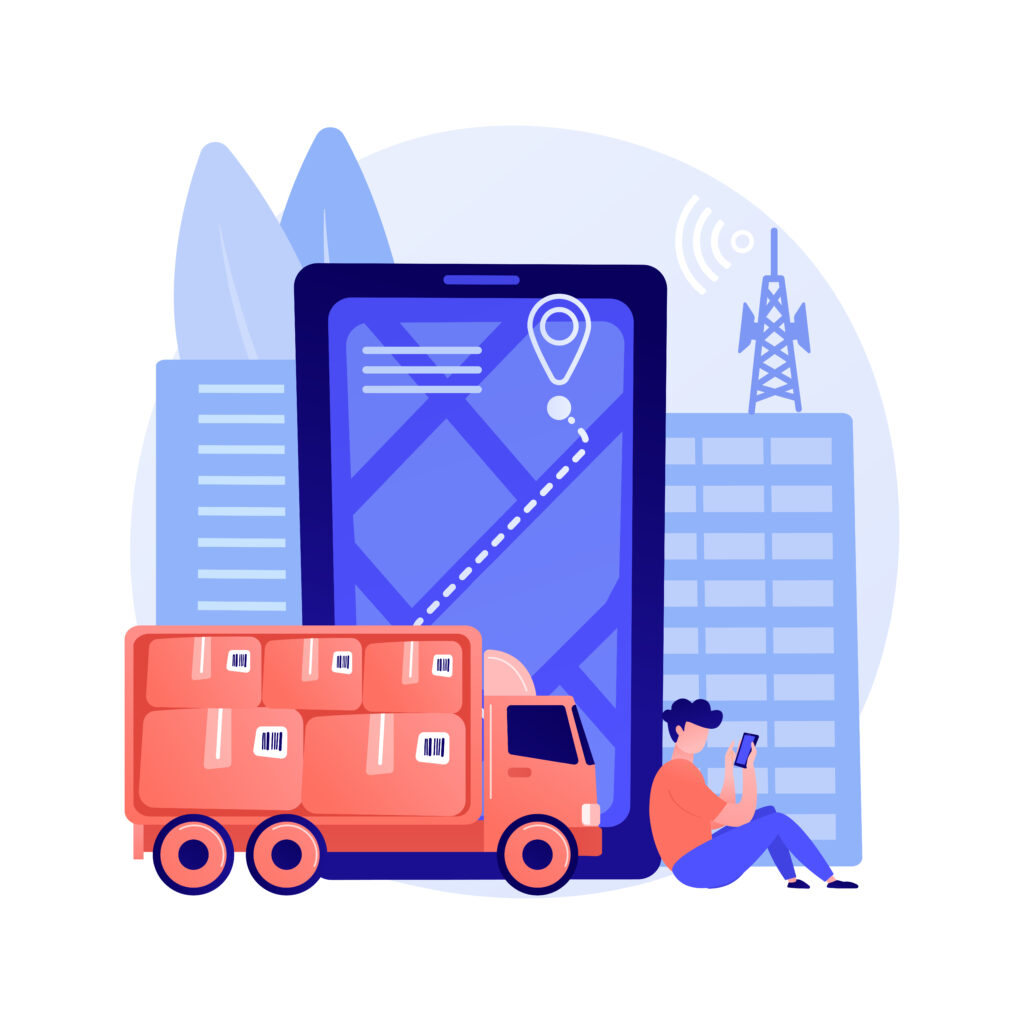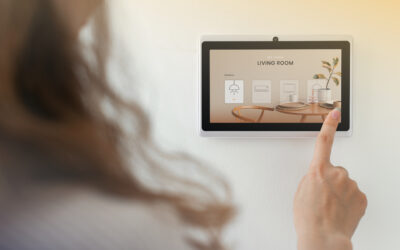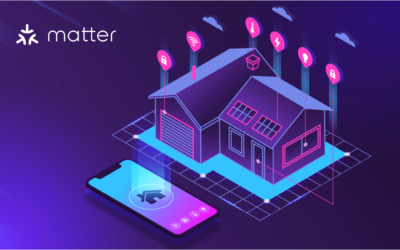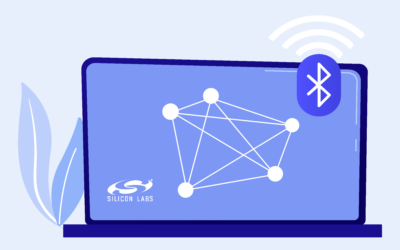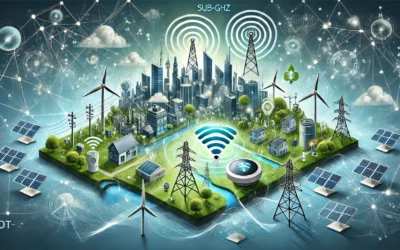Develop a customized asset tracking app with location services to manage mobile assets in indoor and outdoor spaces to optimize your business operations.
Many types of assets move around and have different tracking application needs to consider before starting a new project.
Asset tracking systems gather and process sensor data (telemetry data) from IoT devices about physical positions and conditions that need to be processed and supported by a backend system.
IoT developers implement event-driven data processing systems for data sent by IoT device tracking assets. A connectivity protocol transmits data in real time, requiring a solution to support the location queries and enable map visualization of moving assets.
Sensors send continuous telemetry and geographical positioning data, usually by satellite-based or radio network triangulation methods. The location accuracy level varies by the connectivity protocol and use case.
An asset tracking app may have location services functionality for the proximity and positioning of assets. Proximity solutions are about the location and distance between two devices. Positioning systems are for discovering the physical location of assets.
Solutions may be developed for local positioning (inside buildings), outdoor monitoring, indoor navigation, or hybrid positioning systems. These solutions, together with tracking accuracy and privacy needs, projected usage, device costs, and investment in infrastructure, are considered before starting new projects.

Asset Tracking Use Cases
- Indoor warehouses and factories—indoor localization
- Warehouse logistics—tracking and condition of containers and pallets
- Finished goods—cold chain, controlled transportation (temperature, humidity, pressure)
- Outdoor monitoring—fleet management, livestock, farming equipment, container shipping
- Parcel packages tracking—disposable solutions
- Remote healthcare
Types of Sensors in Asset Tracking Use Cases
Many positioning and tracking devices rely on sensors to acquire data and convert it into readable signals. Sensors detect the conditions of goods and events to trigger actions and secure products during storage or transit.
Design and development of asset tracking apps and device networks require expertise in sensors, application firmware, development environments, and supported connectivity standards.
Power management is a critical aspect to consider when designing asset tracking solutions. For example, add functionality or power-saving modes (deep sleep) to extend batteries’ running time.
- Motion sensors—accelerometers, vibration, magnetometers
- Environmental sensors—pressure, temperature, humidity
- Ranging sensors—Time-of-Flight (ToF)—proximity (depth and distance), ambient light sensors
- Microphones (MEMS)—digital and analog
Asset Tracking Connectivity Standards
Asset tracking solutions consider device connectivity range, level of accuracy, power consumption, data payloads (latency), and other factors, relying on specific components, such as microcontrollers, modules, and built-in sensors with the processing capabilities to provide accuracy and indoor sensitivity.
Asset tracking apps communicate with firmware running in a microcontroller to manage specific data about the asset and with the support of connectivity protocols. You can design an asset tracking app with customized configurations and conditions to track positions and locations and trigger specific actions.
IoT developers create connectivity network infrastructure in warehouses, hospitals, airports, and other facilities to ensure location precision of assets, such as indoor satellite infrastructure, beacons, readers, and transmitting information to the cloud.
Choosing the right technology for the use case also requires analysis of the required infrastructure, time-to-first-fix (TTFF), potential failure points, download time, and data bandwidth.
- NFC—readers and sensor tags
- Bluetooth—BLE modules, wireless SoC, network processor
- RFID—RF connectivity—use tags and readers
- Wi-Fi Positioning Service (WPS)—pick up signals from Wi-Fi nodes
- Ultra-Wide Band (UWB) protocols—transmit location and distance data through radio waves
- WPAN—Thread, Zigbee
- GPS—GNSS Positioning—A-GPS
- LBS—signals from cell towers
- Low Power Wide Area Network (LPWAN) protocol—LoRa, NB-IoT, Sigfox (sub-1GHz)
- Cellular Connectivity—SIM and eSIM cards—Modem—LTE-M, 3G, 4G, and 5G
- Bluetooth Mesh
- Bluetooth Beacon—indoor navigation and wayfinding applications
Cloud-Based Asset Management
Asset tracking apps are developed to work with cloud-based asset management systems. Setting up a cloud backend and data warehouse is cost-effective to process event-driven data from asset locations. In addition, cloud-based solutions offer built-in machine learning and analytical tools that speed up processing data in real time and make business decisions.
Cloud-based asset management gives companies flexibility and scalability, with many benefits, such as updating device configurations, running location queries, visualizing assets in maps, and geospatial analytics (geographic data).
Asset tracking apps integrate with the Google Maps platform’s advanced features to dynamically locate and visualize thousands of assets, with location mapping tools to maximize fleet optimization. Google Maps uses geospatial information from cell towers and Wi-Fi nodes without needing GPS.
Learn more about building customized maps with Google Maps Platform SDKs & APIs.
Asset Tracking Dashboard
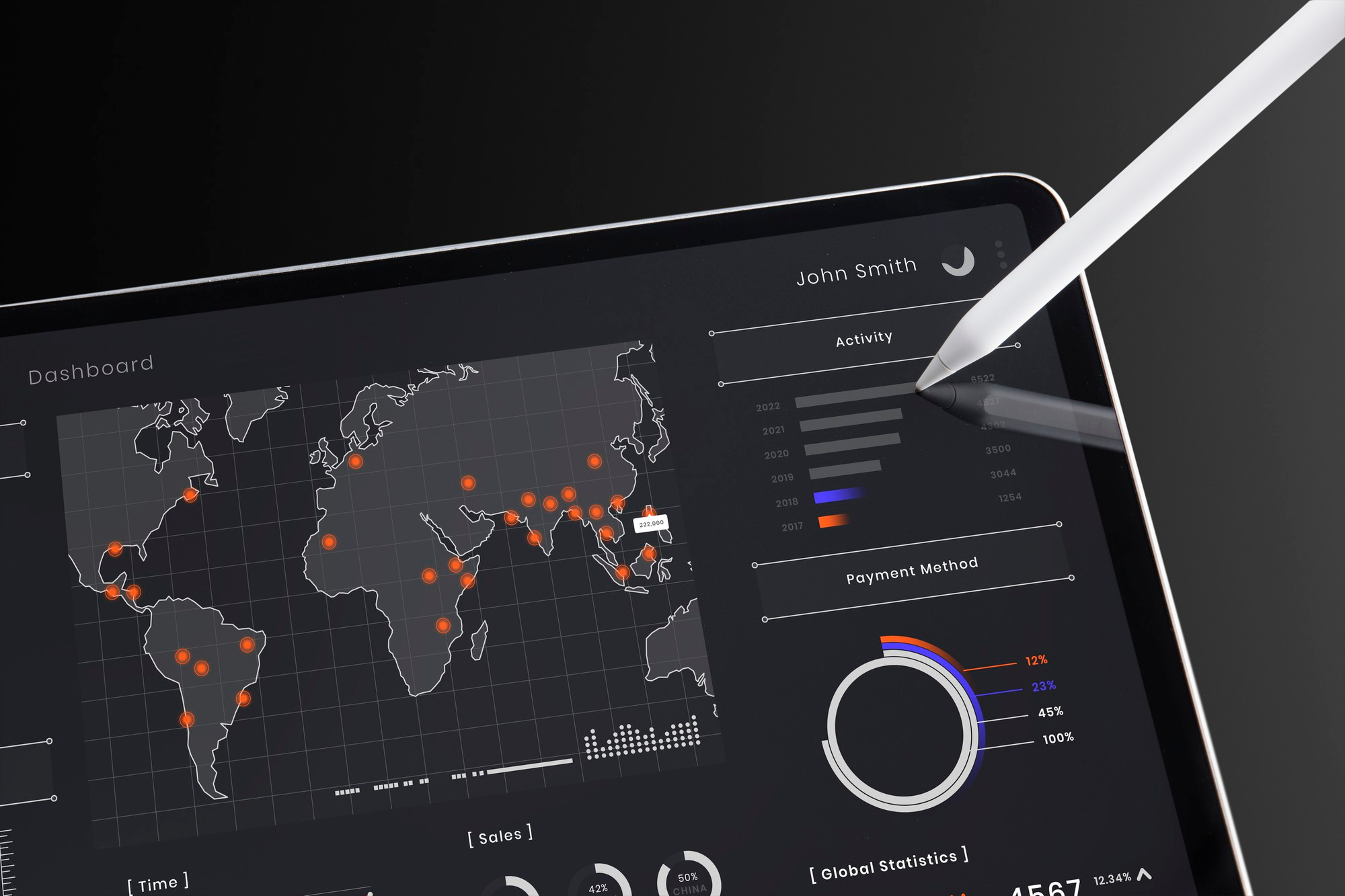
Krasamo Asset Tracking Offering
- Mobile app development
- Firmware development and cloud connectivity
- Asset management platforms (Create a dashboard to visualize position, sensors, and events for monitoring your assets.)
- AI at the edge
- Create APIs and open protocols
- Build Bluetooth Low Energy Networks
- Cloud-based Asset Management
Ready to talk? Contact Krasamo today.
Industry Leaders Are Moving Forward with Krasamo





